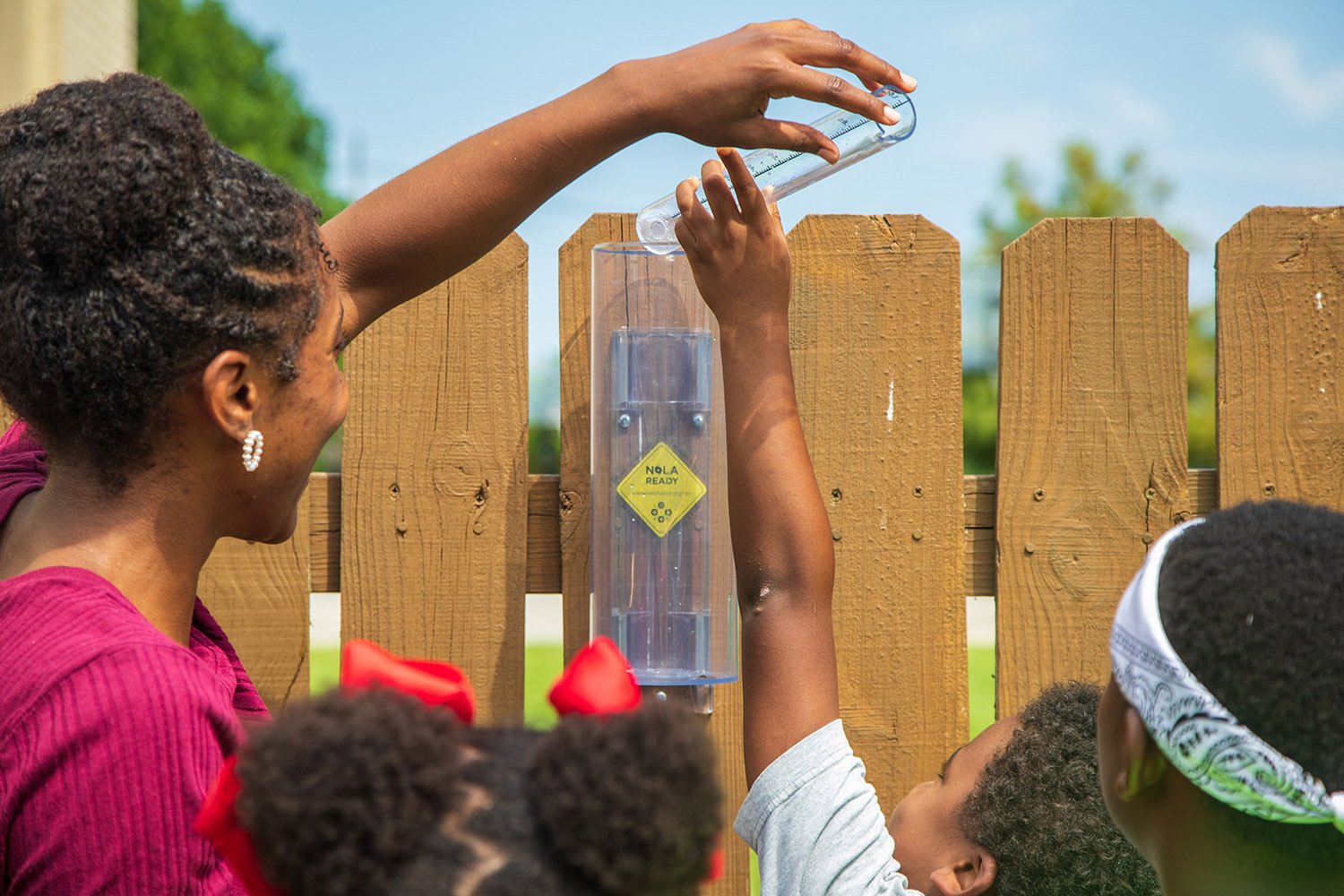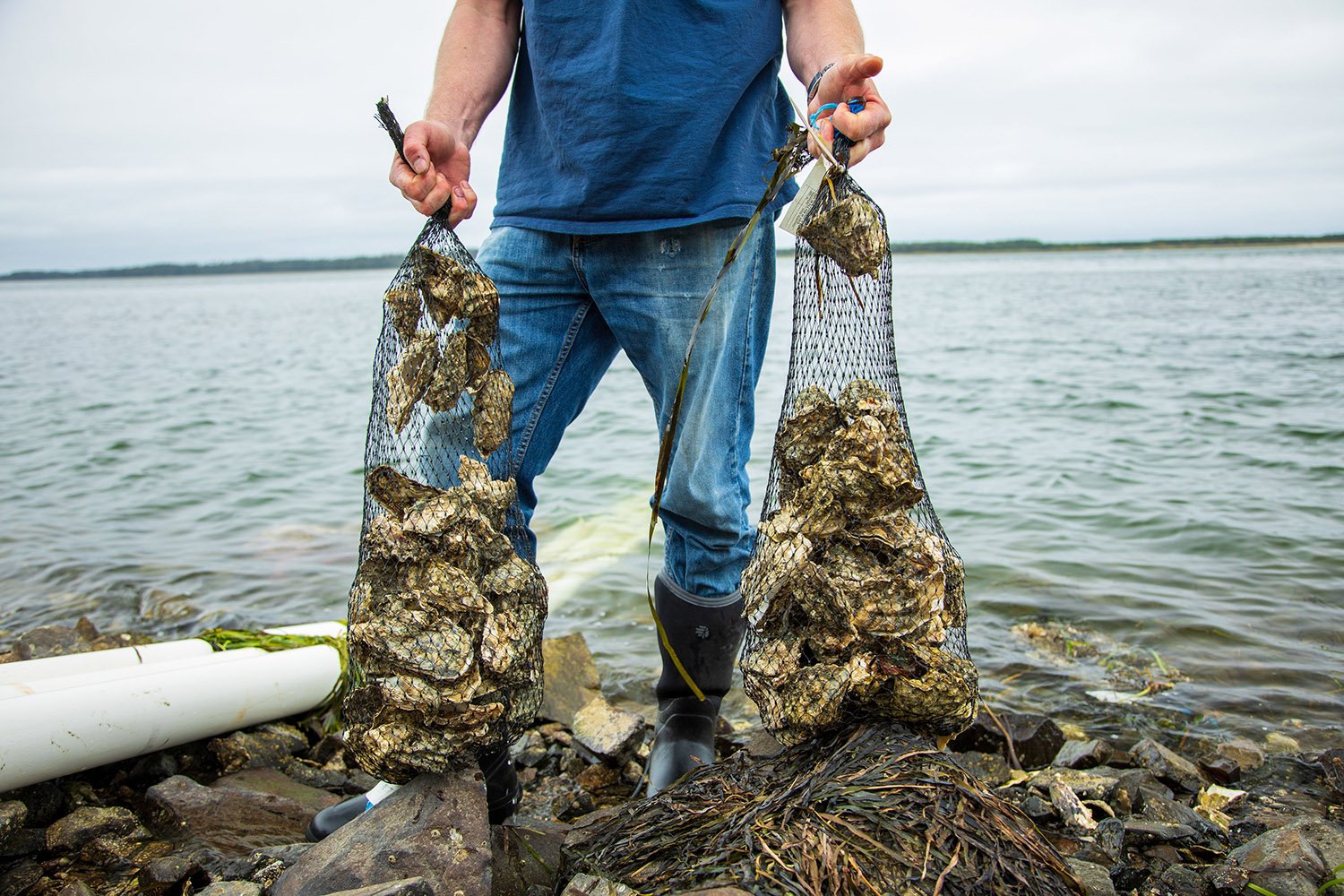Communities across the United States are working with scientists to respond to climate change impacts, shows a new report and multimedia resources developed by the American Association for the Advancement of Science (AAAS). How We Respond shares details and perspectives from 18 communities using scientific information to adapt to climate change impacts and/or reduce greenhouse gas emissions.
Community-based solutions discussed in the report and associated multimedia include using wetlands to limit flooding and emissions, updating transportation, water, food and/or waste systems, and deploying sea level sensors and monitoring.

[ad_336]
The How We Respond report summarizes the robust science on climate change, citing impacts being felt in communities throughout the United States. Through a series of profiles, the report shows how scientific information can be used in multiple stages of community response, from understanding the risks and analyzing possible options to implementing a plan and monitoring progress. For example, many communities in the United States are working with scientists to conduct vulnerability assessments that evaluate local climate risks and can help inform responses.
The impacts of climate change vary across the nation and the globe, and how communities respond depends on their needs, values and resources.

“We want to shine a light on how communities are taking action on climate change,” said Emily Therese Cloyd, director of the AAAS Center for Public Engagement with Science and Technology. “We hope How We Respond gives communities ideas for how they can respond to climate change locally and ways that scientists and community members can work together to build stronger, more resilient communities.”
[rand_post]
Initiatives involving local governments, nonprofits and businesses detailed in the How We Respond report demonstrate a range of climate responses at the community level, and present solutions and approaches that could be adapted for other communities. They include:
- Austin, Texas – improve energy efficiency for churches
- California and New Jersey – build regional climate alliances
- Cambridge, Massachusetts – climate adaptation planning with the most vulnerable communities
- Dane County, Wisconsin – capture methane and develop cleaner energy
- Davenport, Iowa – use wetlands to moderate river flooding and protect communities along the river
- Fort Hood, Texas – transition to renewable energy sources
- Herring River, Massachusetts – restore wetlands to reduce methane emissions and prepare for storm surge and sea level rise
- Homer and Napakiak, Alaska – relocate buildings due to shoreline erosion
- Laramie, Wyoming – develop and use biochar, an agricultural product that can improve farming and prevent the release of carbon into the atmosphere
- Marquette, Michigan – address the public health impacts of climate change
- Netarts Bay, Oregon – adapt shellfish hatcheries to ocean acidification and launch an ocean-monitoring network
- New Orleans, Louisiana – community data collection to monitor flooding and heat waves
- Phoenix, Arizona – community planning to help citizens respond to extreme heat
- Savannah, Georgia – use sea-level sensors to provide real-time data on flooding
- Sheridan County, Kansas – improve water use and efficiency in farming
- Washington, DC – improve urban transportation
- Whitefish, Montana – address climate risks and benefits to local tourism and become a resilient “fire-adapted community”
- Yurok Territory, California – restore salmon stocks and manage forests and rivers